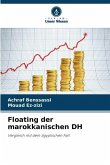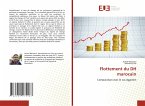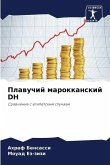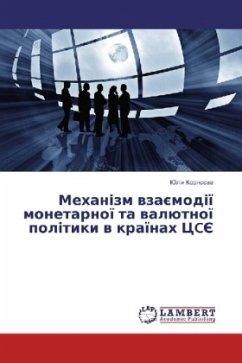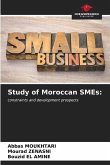Currently, the exchange rate is an important instrument of a country's economic policy. It is considered today both a means of monetary regulation and a tool par excellence of external competitiveness of a country. Morocco is one of the countries with a so-called "fixed" exchange rate regime linked to a basket of currencies 40% dollar and 60% euro. Today Morocco intends to adopt a floating regime in June 2017. Indeed, the question that arises today is to know what type of floating it will be. Is Morocco ready for the transition from a fixed to a floating regime. In light of this, this project explores the process of exchange rate flexibility, namely the steps taken by BAM to accompany this change. Our study addresses the impact of the floating exchange rate regime on the Moroccan economy. In addition, we are also interested in the case of Egypt, in order to compare the degree of control of this transition between the two countries. Our results confirm that this new reform has abstract and uncertain advantages, while the perverse effects seem obvious and certain.
Bitte wählen Sie Ihr Anliegen aus.
Rechnungen
Retourenschein anfordern
Bestellstatus
Storno



